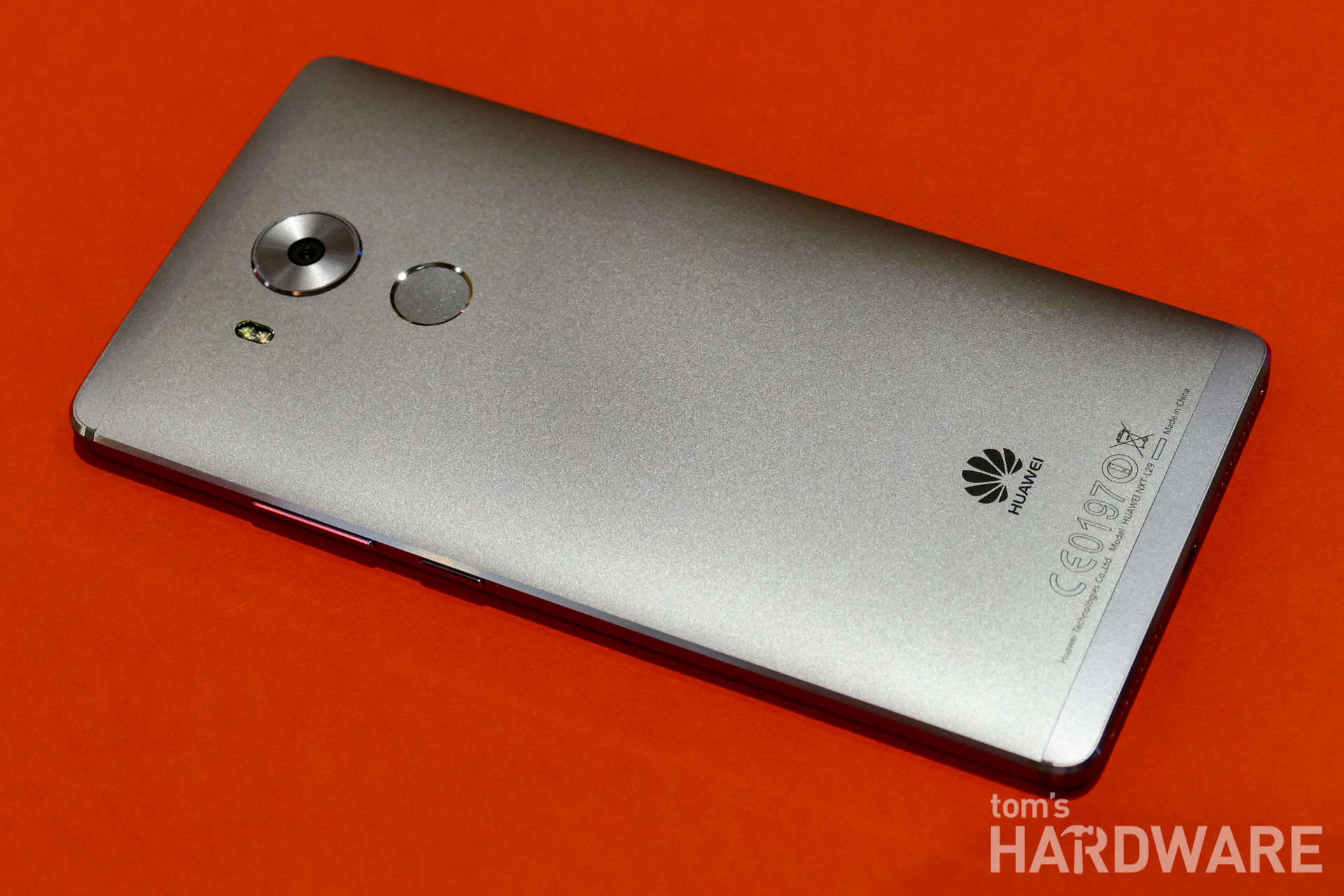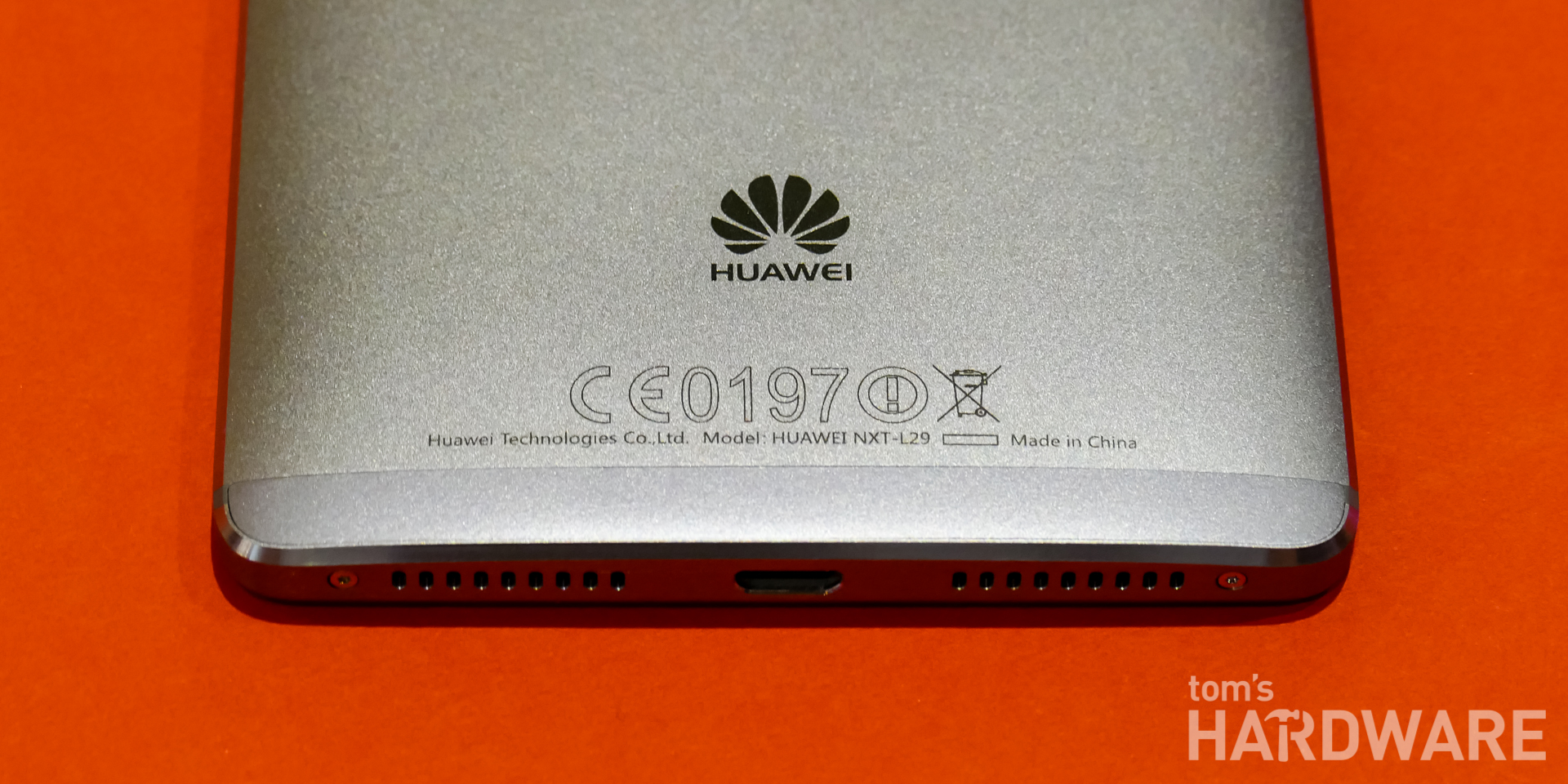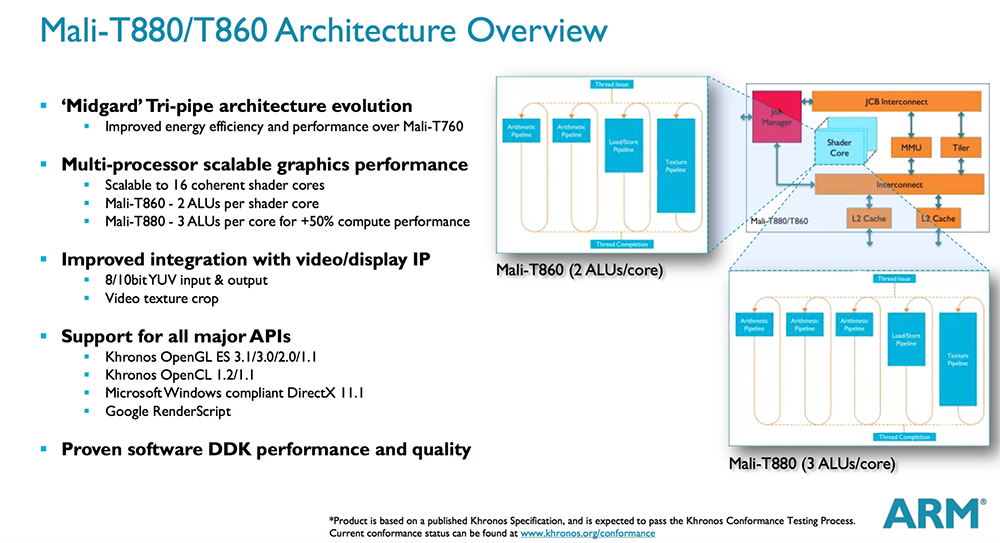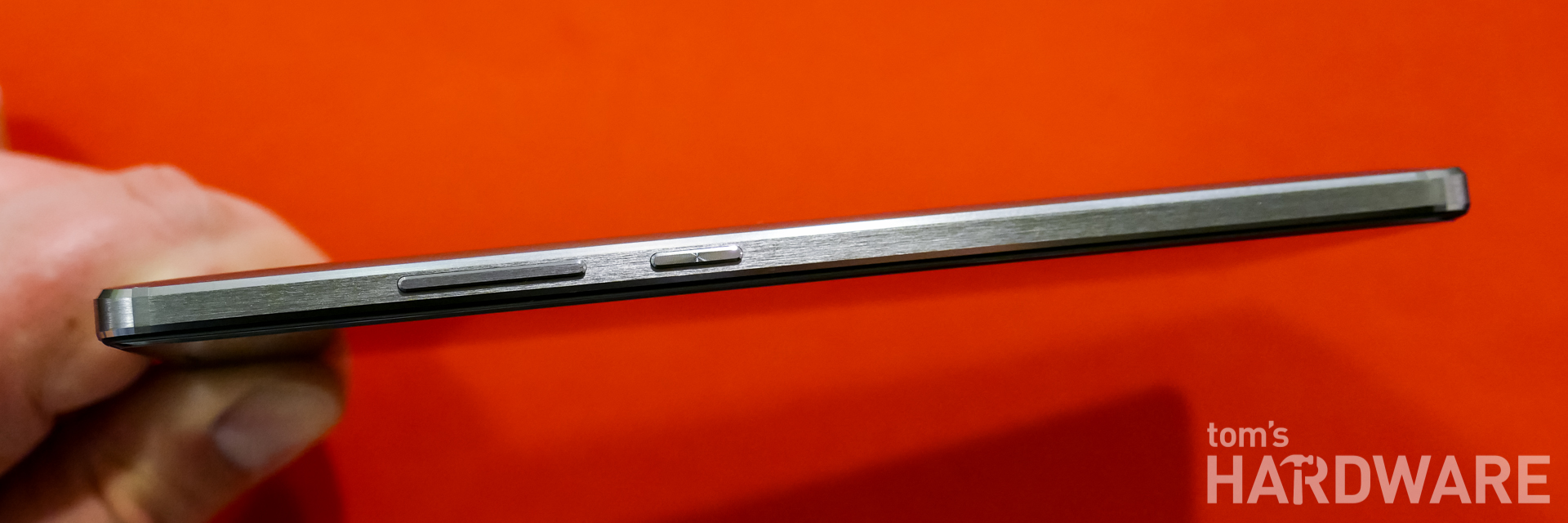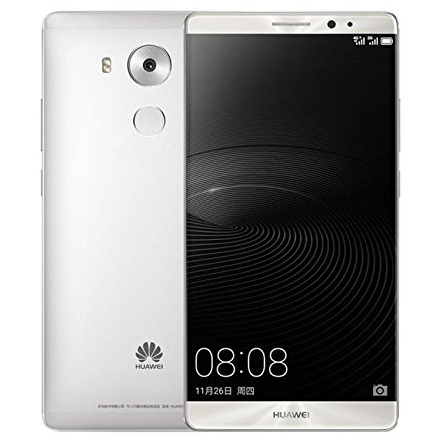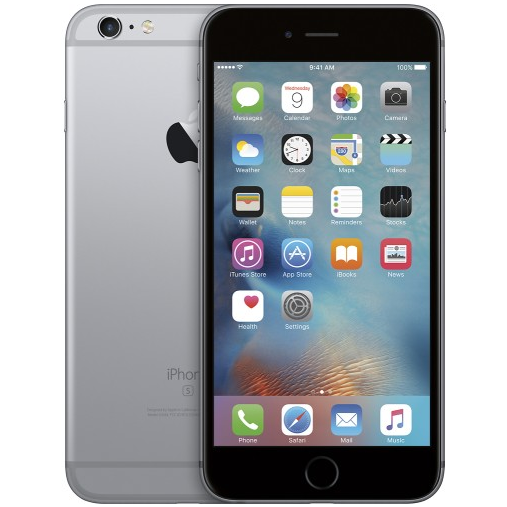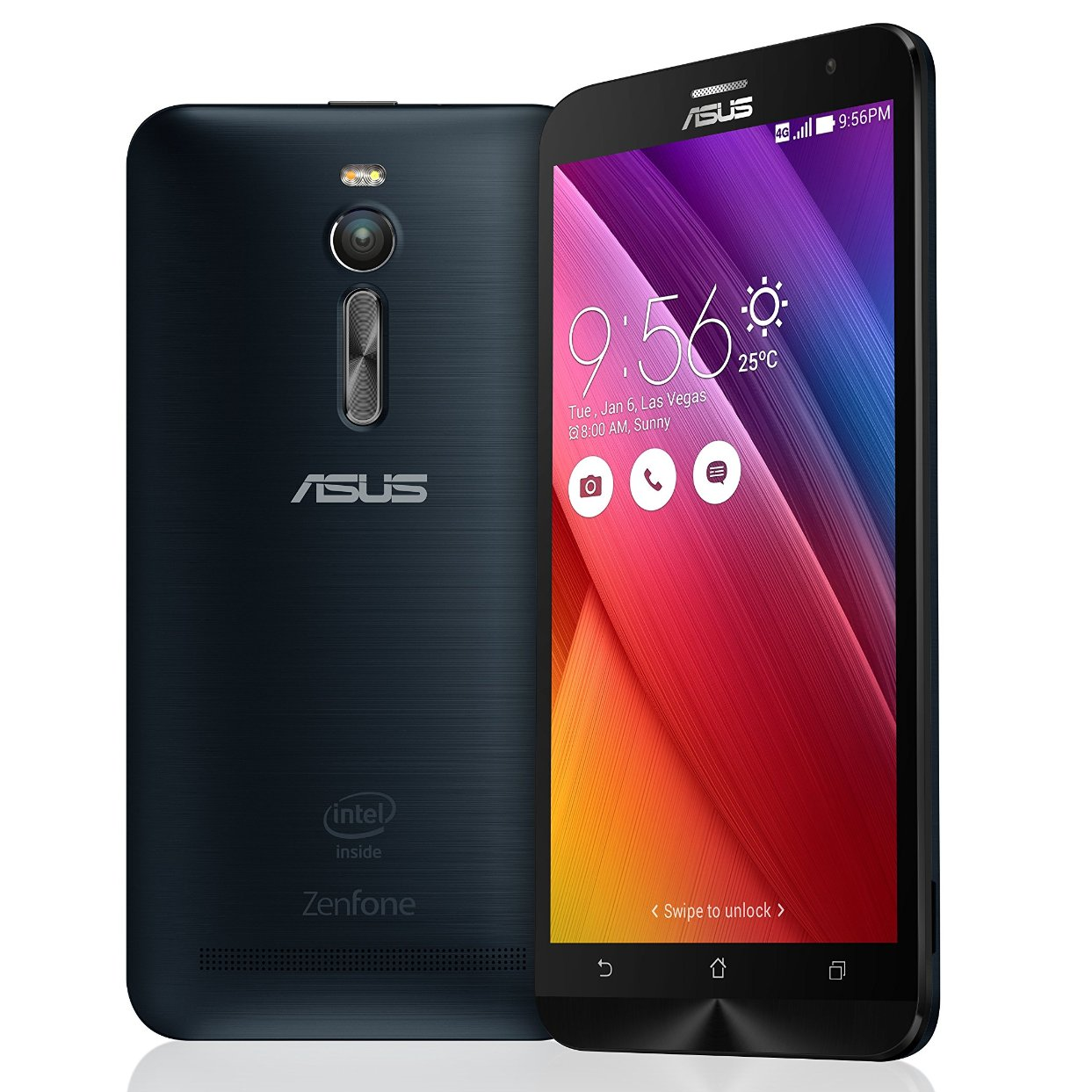Huawei Mate 8, Kirin 950, Cortex-A72 Benchmarks
We test Huawei's Mate 8 smartphone to see how its Kirin 950 SoC performs. This is also our first look at ARM's Cortex-A72 CPU core and new Mali-T880 GPU. How does A72 compare to the A57 and Snapdragon 820's Kryo cores?
Introduction
Huawei is not a household name in North America, but if the Chinese company's performance in other markets is any indication, this will soon change. Best known for selling telecommunications equipment, Huawei is quickly making a name for itself in smartphones, too. According to IDC, it is now the third largest smartphone vendor in the world by volume. Its success is centered in China, where its smartphone shipments increased 81 percent year-over-year in Q3 2015, but Huawei is expanding into emerging markets, such as Latin America and Africa, too. The company is also experiencing solid growth in the established European market, where smartphone shipments nearly doubled over the same period, according to Huawei.
Huawei recently pierced the North American market after being selected by Google as the manufacturing partner for the Nexus 6P. Looking to capitalize on this significant design win, Huawei is shipping another flagship phablet, the Mate 8, across the Pacific. We recently spent some time with this new device and were generally impressed (see Huawei Mate 8 Hands On). Its aluminum construction and minimal bezels give it a premium look and help hide the size of the large 6-inch screen. It comes with most of the features we've come to expect from a premium phone, including a fingerprint sensor, 3 to 4GB of RAM, 802.11ac Wi-Fi, NFC, and a decent camera. And while the battery is not removable, it's at least a generous 4000mAh.
In addition to being the first Huawei branded phone available globally, the Mate 8 has a couple of other firsts hidden inside its aluminum chassis, starting with HiSilicon's Kirin 950 system on a chip (SoC). Like MediaTek and Marvell, HiSilicon, a Huawei subsidiary, is an ARM processor licensee, which allows it to build SoCs using stock ARM cores. This approach differs from architectural licensees such as Apple and Qualcomm, who design custom CPU cores compatible with ARM's architecture.
Inside the Kirin 950 is an octa-core CPU with four ARM Cortex-A72 cores at up to 2.3GHz and four Cortex-A53 cores at up to 1.8GHz in a big.LITTLE arrangement. This makes HiSilicon only the second vendor behind MediaTek to ship a product using A72 cores, and the first to implement them on a current process node running close to its target frequency (the quad-core MT8173 is made using TSMC's older 28nm HPm node).
ARM's Mali-T880 GPU also makes its debut appearance in the Kirin 950, offering higher performance and up to a 40 percent improvement in energy efficiency over the Mali-T760 GPU. HiSilicon's implementation differs from other recent SoCs by opting for fewer, higher frequency cores. Specifically, it uses four GPU cores (MP4) that ramp up to a rather high 900MHz max frequency. In contrast, Samsung's Exynos 7420 uses the previous generation Mali-T760 GPU in an eight core configuration clocked at 772MHz. It will be interesting to see if the Mali-T880's architectural enhancements, combined with a higher clock frequency, can make up for the core count deficit.
Unlike previous Huawei devices that relied on external ISPs provided by outside vendors, the Kirin 950 benefits from Huawei's increasing vertical integration by incorporating its brand new, custom 14-bit PrimISP and IVP32 DSP into the SoC. We do not know much about these new blocks other than they enable up to 1080p60 H.264 encode/decode and 4K H.265 decode. Oddly missing is a 4K encode option.
Internally, the Kirin 950 uses ARM's CCI-400 Cache Coherent Interconnect. It's a bit odd that the newer CCI-500 interconnect is not used considering it was announced alongside the A72. This could potentially limit bandwidth between the CPUs and memory, since CCI-400 lacks a snoop filter on the interconnect itself.
Get Tom's Hardware's best news and in-depth reviews, straight to your inbox.
Speaking of system memory, the Kirin 950 uses a hybrid LPDDR3/LPDDR4 memory controller. The Mate 8 takes advantage of LPDDR4's higher bandwidth and lower operating power, but other OEMs have the option of using less expensive LPDDR3 RAM. This feature, along with the smaller die from using only four GPU cores, should make the Kirin 950 a good fit for mid-range phones, an intriguing possibility considering the performance it should deliver.
With all of these new components, it's only fitting that the Kirin 950 is manufactured on a current generation process node, specifically TSMC's 16nm FinFET+. We've already seen FinFET's power and performance gains in our testing of Apple's A9 and Samsung's Exynos 7420 SoCs. More than a mere die shrink, FinFET is a new technology that fundamentally differs from the planar processes that came before it. It significantly reduces leakage current and power density, increasing battery life and reducing the amount of thermal throttling.
Performance Testing
This performance preview is a bit different than some of our others, because we're comparing not just the Kirin 950 SoC -- and its A72 CPU and Mali-T880 GPU cores -- to its peers, but also the Mate 8 to some other flagship phones.
We'll be comparing the Mate 8 and Kirin 950 to a range of different phones and SoCs, including the dual-core Apple A9, quad-core Intel Atom Z3580, and big.LITTLE octa-core designs using a combination of A57 and A53 cores. We're also including Qualcomm's latest Snapdragon 820 with its new, custom Kryo CPU. These results were collected from Qualcomm's smartphone MDP, which is its own internal development hardware, so they are still preliminary. Our comparison devices also contain a variety of Mali, PowerVR, and Adreno GPUs. With this range of hardware, spanning from mid-range to high-end, we should get a good feel for where the Mate 8, Kirin 950, and A72 fall.
All of these devices, other than the Qualcomm smartphone MDP, were evaluated using our standard testing procedures. Do note, however, that the Mate 8's software build is not final yet, so there could be some differences once it starts shipping.
MORE: Best Smartphones
MORE: Smartphones in the News
MORE: All Smartphone Content
-
ak47jar3d Kirin 950 unfortunately disappoints again on the gpu end. The six core snapdragon 808 does better.Reply -
megamanxtreme The SD 820 does horrible on the battery life tests, as it doesn't show anywhere. :(Reply -
Nintendork 4gpu cores are simply too low for their flagship SOC. 6gpu cores would've been better.Reply -
MobileEditor ReplyThe SD 820 does horrible on the battery life tests, as it doesn't show anywhere. :(
The only SD 820 device we've tested so far is the Qualcomm MDP, which is the company's own development hardware. Because we had less than two hours to complete our testing, we were not able to collect any battery life data.
- Matt Humrick, Mobile Editor, Tom's Hardware -
Onus The non-removable battery is a dealbreaker. Only a fool pays $700 for a device that may only have a two year service life. As fast as this device-space changes, will it even be possible to get a battery replacement in two years?Reply
-
bit_user Reply
Great analysis -- I've been waiting for this. Thanks!17348494 said:...
:)
BTW, how did HiSilicon & Huawei get way out front of everyone else on the A72? That's a story I'd like to read. -
bit_user Reply
Sure, why not? A flagship phone will probably be sold on to another owner. It will still be fast enough in 2 years, and there would probably be enough of them to justify a small battery market.17351759 said:As fast as this device-space changes, will it even be possible to get a battery replacement in two years?
Plus, I've had no trouble getting replacement batteries for lots of discontinued things - laptops, cameras, MP3 players, to name a few.
-
bit_user Reply
But I see it mainly as a test of the A72. True, Kirin made a bad call on the GPU, but there will be plenty of A72-based SoC's that'll have similar CPU performance to this and possibly different GPUs, so I don't see the GPU performance as such a problem.17348857 said:Kirin 950 unfortunately disappoints again on the gpu end. The six core snapdragon 808 does better.
Now, the only piece missing from this picture is Samsung's Exynos 8890, with their custom Mongoose core.
-
kenjitamura Does this company release the source code for their android products? Googling this company and open source shows that at least they seem to put some effort into contributing to open source software but couldn't find if that policy extends past their networking operations. If they do comply with the licenses and release source code I'll gladly consider their products but if they're a POS company like Mediatek then I want no part of it and hope they don't manage to penetrate the US market.Reply
Seriously, the single most important factor to buying an Android product is whether or not the company behind them actually complies with the license for using the software and it feels like most people don't even consider that. If the company stops maintaining the device a few months down the road, as is the case with 99% of android devices from china, then you'll find yourself SoL and left with no more security patches or platform upgrades. -
zodiacfml Impressive as it beats Mediatek. But a few months from now, Samsung and Qualcomm will release theirs which have better GPUs and image processing.Reply
